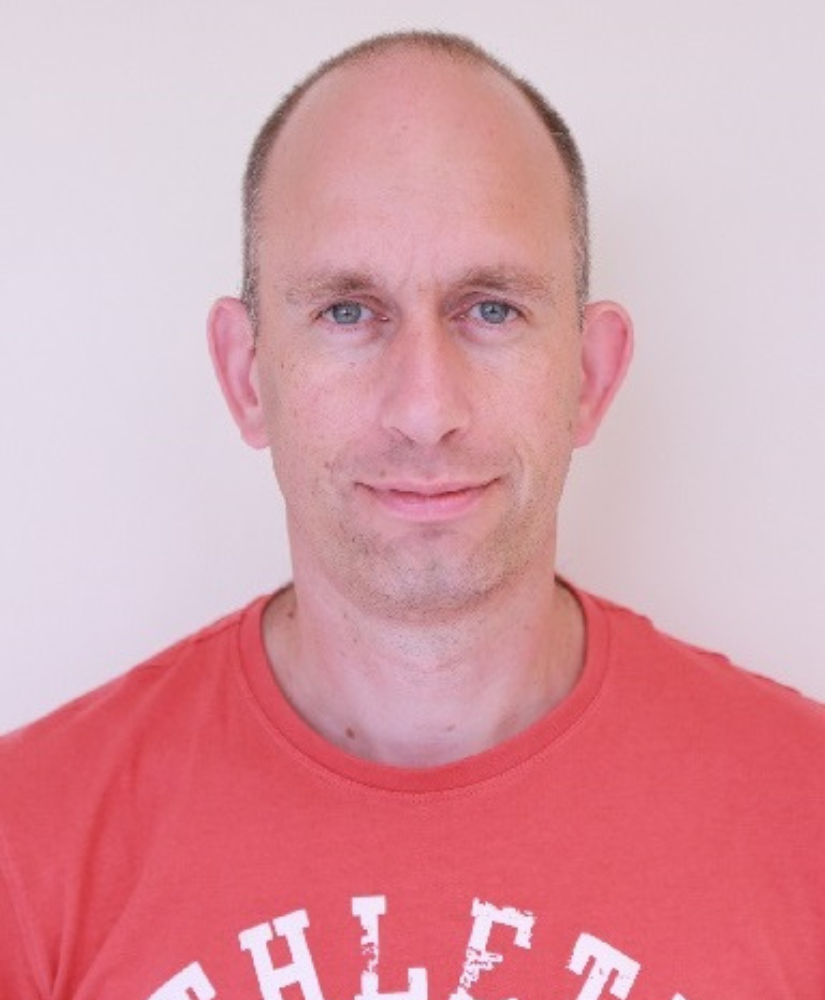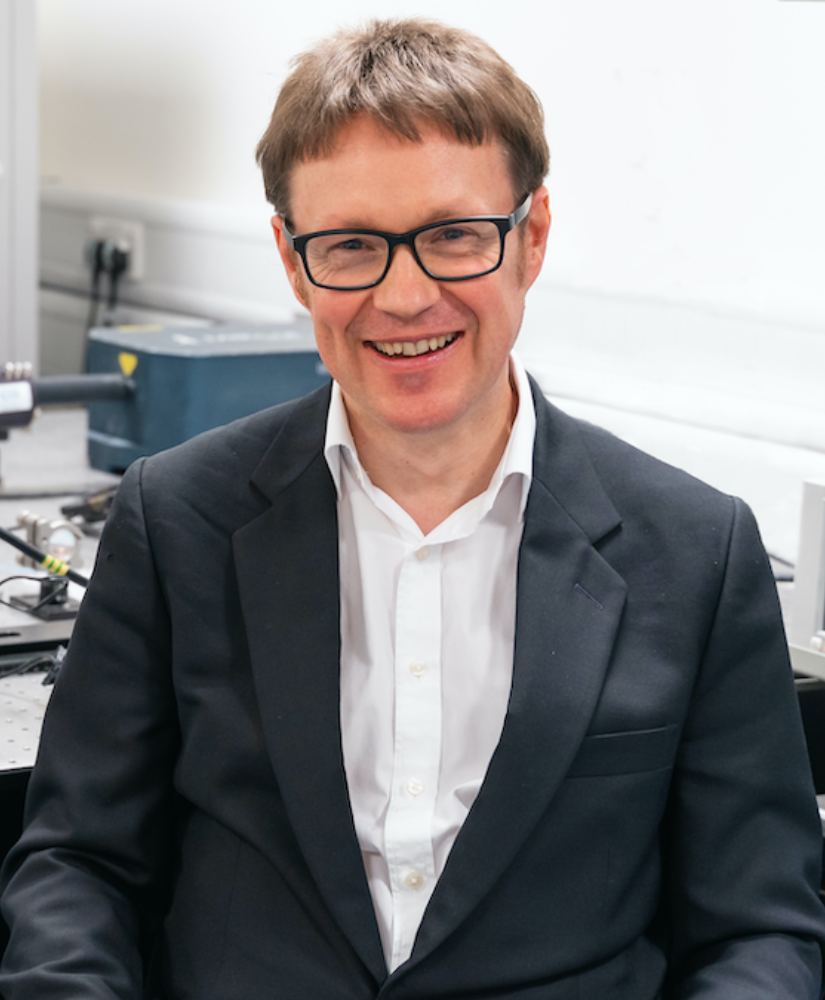Wee-g
Low-cost, portable gravimeter for detecting underground density anomalies
The MEMS research group at the University of Glasgow is developing cost-effective gravity sensing technology aimed at detecting small underground density variations that are typically elusive to traditional geophysical methods.
Applications
Defence & Security
Port Security, tunnel detection, navigation
Civil Engineering
Sinkhole, void, abandoned mineshafts detection
Hydrogeology
Water-table monitoring
Energy
CO₂ sequestration, geothermal
Geology
Volcano monitoring, fault mapping
Infrastructure Monitoring
Seismic monitoring of critical infrastructure, low-background noise laboratories
Have a query about Wee-g?
Our Solution
The Wee-g gravimeters are built to address the current challenges associated with commercial relative gravimeters. By using the same micro-nanofabrication technology that is used for manufacturing on-chip accelerometers used in smartphones and activity monitors, a lower instrumentation cost can be achieved.
Key specifications include;
- 5kg weight
- 5W power consumption
- 24 hour battery life
- IP67 rated enclosure for harsh environments
- Core sensor shock-tested up to 45g
Industry Applications
Years of Research
How Wee-g solves your problems
Commercial gravimeters are expensive (>$100K), bulky and delicate to handle. These are either used for carrying out costly and labour-intensive time-lapse surveys where a single gravimeter is moved from one location to another, or for monitoring where a gravimeter is installed in a secure facility to prevent theft/environmental damage.
These challenges have limited the widespread use of gravimetry as a frequently used practical geophysical method.
The low-cost and portability advantage of Wee-g addresses these user pain points. Wee-g is purposely built for array-based detection (multiple Wee-gs deployed simultaneously) which can help speed up surveys and provide better a picture of the source of gravitational anomalies.
We have compiled a list of FAQs that we are regularly asked in relation to Wee-g. If you have a question not addressed below, please get in touch with our team – we’d love to hear from you.
What is the core material of the Wee-g sensor?
The sensor is fabricated from silicon using standard micro-nanofabrication techniques.
What is the bandwidth of the Wee-g device?
Wee-g offers a bandwidth of over 7 order of frequency. The resonant frequency of 7Hz defines the upper bandwidth while we have monitored Earth tides over 19 days (0.6microHz)
Where has Wee-g been field trialled?
We currently have 4 Wee-g’s on Mt Etna, Italy, 1 Wee-g on the Poas volcano in Costa Rica, and an off-grid installation monitoring the water table in Shanmoy, Ireland.
What is the sensor drift of the Wee-g?
The sensor drift after stabilisation is around 150 microGal per day, similar to a Scintrex CG6.
Could Wee-g be operated in a remote environment?
Yes, we currently have 6 Wee-g installations operating in harsh and remote environments (volcanoes and off-grid installation). The sensor can also be fitted with an autonomous levelling system to allow remote levelling.
Could Wee-g be operated from a drone?
Yes, the low SWaP-C (Size, Weight and Power-Cost) means that systems could be carried via drone. The team is currently looking at developing such systems for remote civil engineering applications.
Industrial Applications
Defence & Security
Defence & Security
Wee-g is a dual-use technology that can be used for rapid detection of buried tunnels and voids in challenging environments. Wee-g is also a long-period vertical seismometer and can be used for identifying anthropogenic seismic noise sources.
Underwater array of Wee-g, combined with advanced pattern recognition algorithms, can be used for passive detection of submerged objects near critical ports.
When combined with gravity maps, Wee-g can be used for navigation using map-matching in GNSS denied environments.
Civil Engineering
Civil Engineering
There are 150,000 abandoned mineshafts and tunnels in the UK and on an average, each year, around 15 mineshafts collapse causing extensive infrastructural damage.
Wee-g can be used for surveying land and identifying these potential underground hazards, including land subsidence, at a low-cost.
Hydrogeology
Hydrogeology
Underground water resources are increasingly under pressure due to climate change. The conventional method of monitoring groundwater levels is through borewells which are intrusive and costly to operate. Also, a single borewell only provides limited information on the spatial dynamics of an aquifer system.
A distributed array of Wee-g, on the other hand, can be used to capture the dynamics of groundwater over a larger area, non-intrusively and at a low-cost.
Energy
Energy
Alongside other strategies, CO₂ capture and storage into onshore/offshore geological storages has been proposed as a key method to address the climate emergency. However, it is critical to track any leaks of the stored CO₂ back into the atmosphere. As movement of CO₂ change the underground mass distribution, by measuring gravity changes above the surface using an array of Wee-g, better fluid migration models can be built and future leakage pathways can be predicted.
For geothermal, gravity surveys/monitoring can be used to understand the geology related to the deep heat source, measuring changes in groundwater level and subsidence. Wee-g provides a low-cost method of both surveying potential sites and continuous monitoring and existing geothermal areas.
Geology
Geology
Wee-g is a low-cost, portable solution for geological studies including mapping of bedrock, karst features, and landfills.
There are around 1500 active volcanoes around the world with an estimated 800 million people living around them. A low-cost distributed network of Wee-g in hazardous volcanic environments can be used for “imaging” magma movement, which can help build robust early-warning systems.
Infrastructure Monitoring
Infrastructure Monitoring
Wee-g can be used for subsidence and seismic monitoring of critical infrastructure at a low-cost.
The excellent sensitivity of Wee-g allows for accurate measurement of background gravity and seismic signals which could be used in low-noise background science experiments.
Meet The Team

Prof Giles Hammond
Lead Scientific Adviser

Prof Douglas Paul
Lead Scientific Adviser

Dr Abhinav Prasad
Entrepreneurial/Technology Lead
Contact Us
If you have any queries or would like to find out more information about our project, please fill out the contact form below and we will get back to you as soon as possible.